9 ways to get rid of condensation inside your windows
Struggling with condensation on your windows? Here’s how you can get rid of it
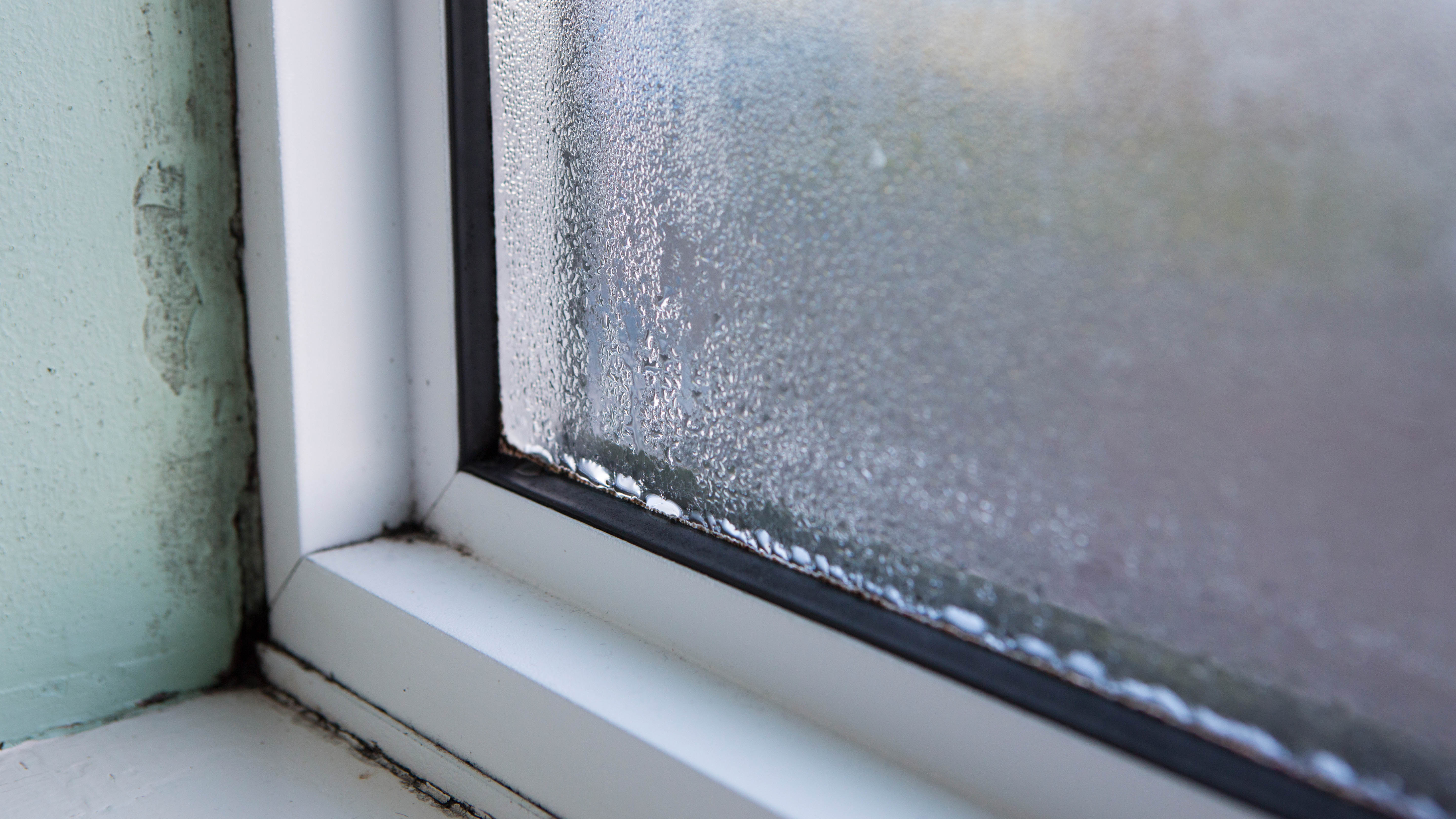
When it's damp and chilly outside, it’s all too easy for our homes to end up overly warm and humid. Before you know it, condensation will start to show on the inside of your windows. This happens when the warm air in your home makes contact with the cold glass, releasing the excess moisture as droplets as it cools. It’s not a pleasant sight and it can even impair your view from the window in very humid conditions.
Such a problem should be addressed as soon as possible because this excess water can rot a wooden frame. It can also contribute to mold in your home, leaving marks on your ceilings and walls as well as around your windows. If you’re struggling with condensation on the inside of your windows, here we will take you through 9 ways to get rid of it, as well as how to stop it from coming back so your windows will remain crystal clear no matter how damp the conditions are outside.
However, if you notice condensation between the glass panels on your windows it's an indication that the seal is damaged.
And here are 5 ways you're encouraging mold in your home this season.
1. Open your windows

The most obvious way to deal with condensation is to let your indoor air vent outside, which will lower the humidity levels in your home. This may not be an ideal solution, depending on the time of year and the humidity levels outside, but most of the time it is a sure-fire way to deal with this problem. Any condensation will dry quickly, and fresh air will be exchanged to reset the conditions of your home.
If you’re anticipating a large gathering in your home, which will quickly increase the temperature and humidity of a room, open a window in advance to prepare the space. Leave doors open between rooms as well, so the air has more of a chance to circulate.
2. Exhaust fans

Exhaust fans will cost you in terms of energy versus opening up a window, but they can help speed up the venting process. They will actively pump out excess moisture and odors from your home, leaving the conditions more favorable. They’re often installed around particularly humid areas, such as in the bathroom, kitchen or basement, and can help when you’d rather not open a full window to the elements.
Get instant access to breaking news, the hottest reviews, great deals and helpful tips.
Make sure you’re taking advantage of your exhaust fans when the conditions in your home are particularly humid, but don’t leave them running for longer than necessary as these will consume a lot of energy over time.
3. Dehumidifiers
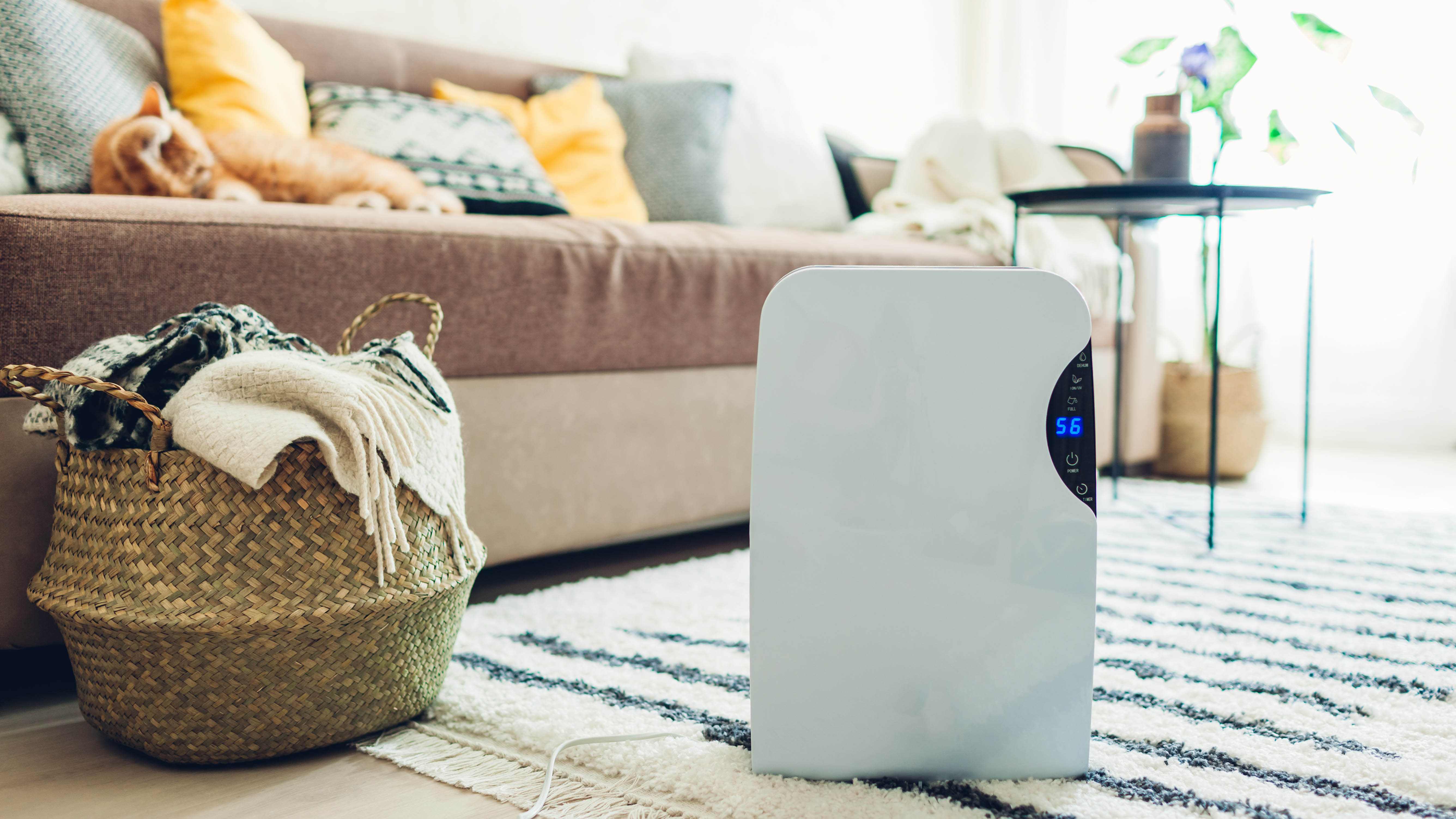
One of the best dehumidifiers can really help you keep on top of condensation. Dehumidifiers work by sucking in the air, removing any excess moisture, and then venting it back out into the room.
There are different types and sizes of dehumidifiers available, depending on the space and how much moisture you’re dealing with. Some can pump the water passively straight out into a drain, while others fill a tank which you will need to empty and replace when necessary.
These once again require energy to run, so make sure you’re only using it for as long as needed. Opt for a model which features a humidity sensor, so it will only use as much power as necessary, if any. Also look out for Energy Star Certified models — these will feature a reduced energy consumption in general.
However, if you only have a small problem with condensation you could try using a moisture absorbing material, as household products like cat litter, when placed near the problem spot, can reduce condensation.
4. Buy a humidity meter
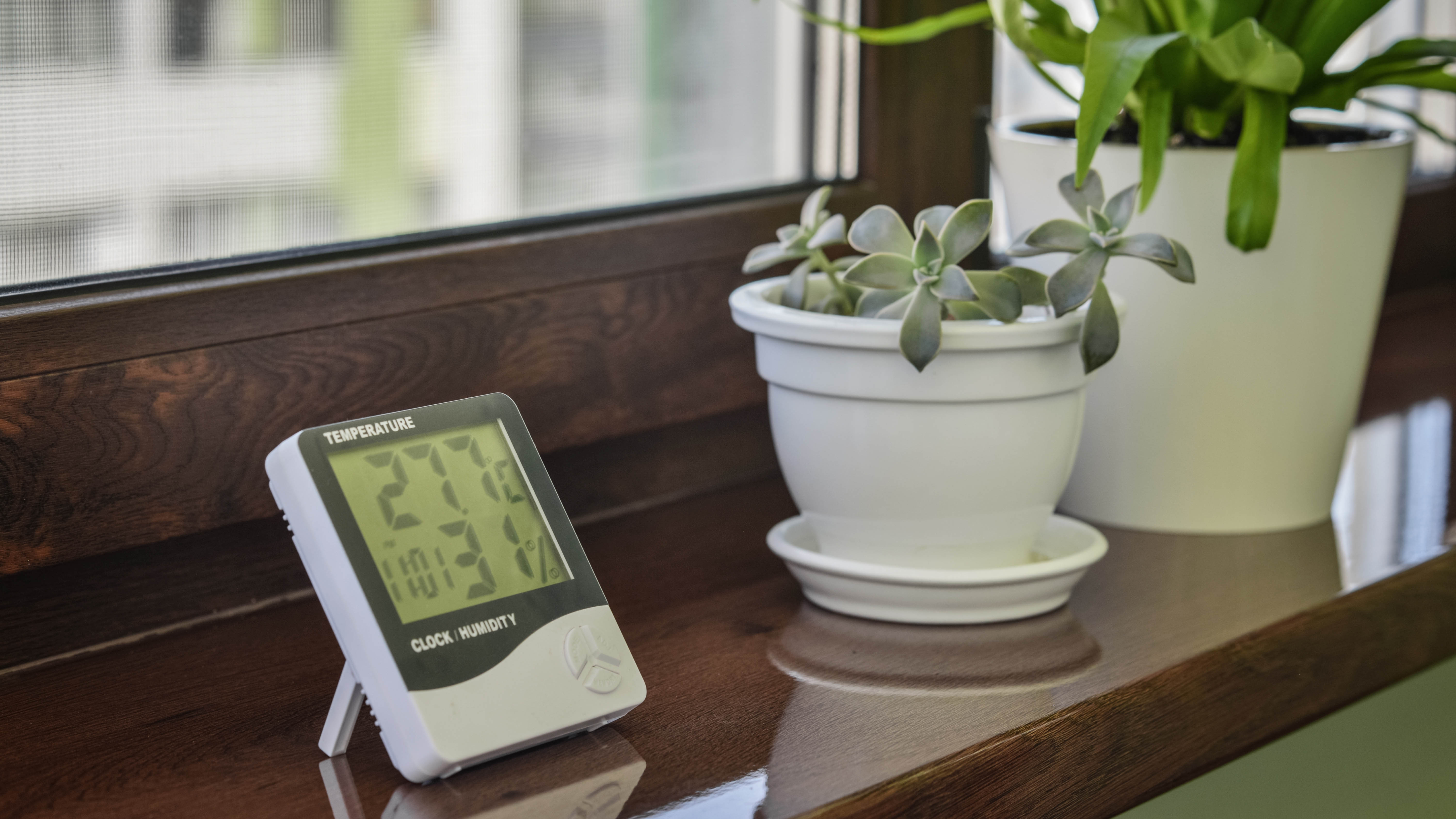
While a humidity meter won’t lower the humidity levels of your home, it will certainly help you keep on top of it. With one of these, you can spot when humidity levels are too high, or indeed too low, so you know when to take action. An example of this would be the ThermoPro TP50 Digital Hygrometer Indoor Thermometer ($10.99, Amazon).
For guidance, you want humidity levels to sit in between 30% to 50% at home. Any more humid than this and you will be encouraging condensation and mold. And if the home is too dry, you will notice symptoms such as dry skin and static electricity.
5. Deal with moisture immediately
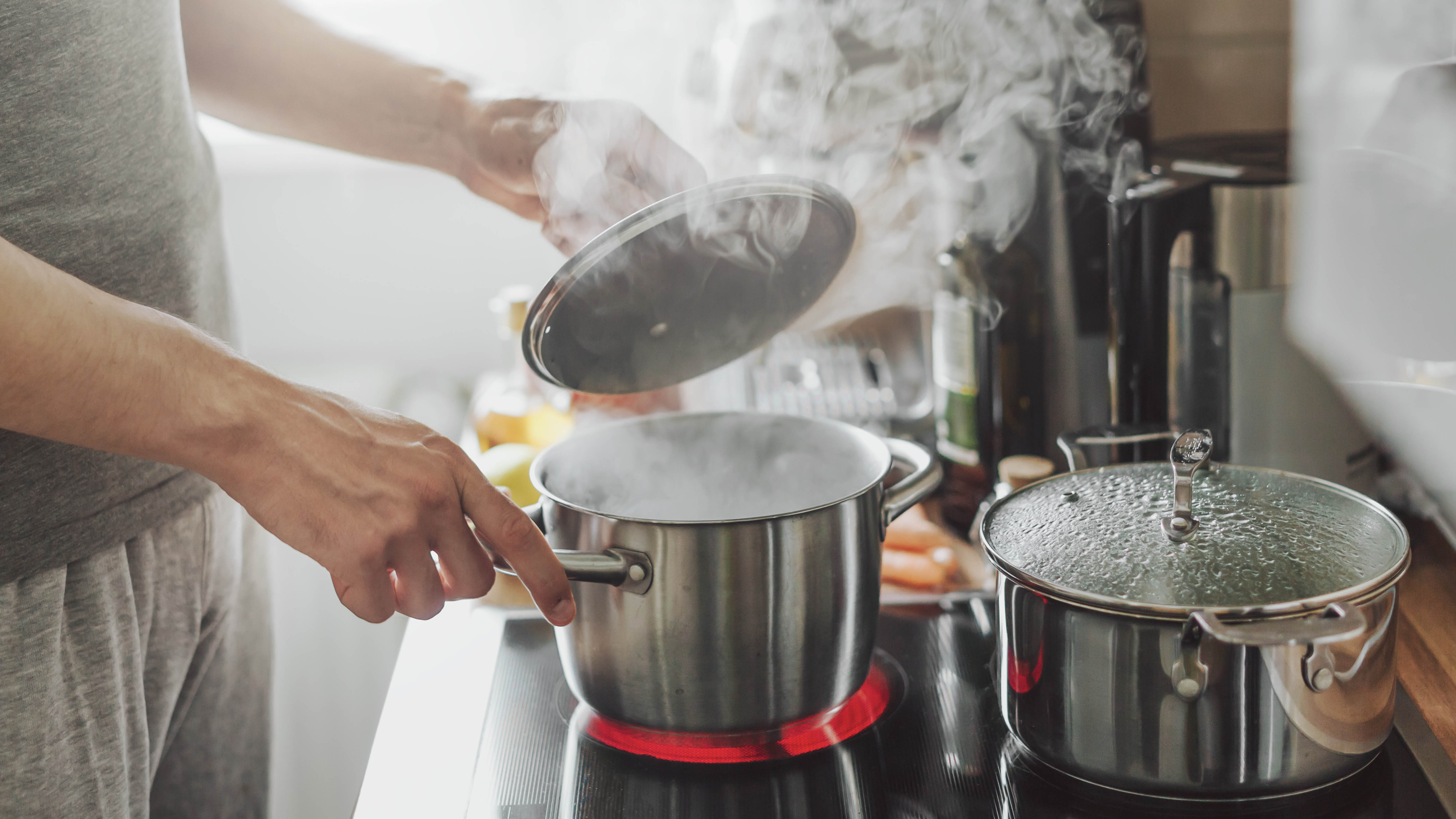
Certain activities will naturally produce a lot of moisture, and if you anticipate them you can lessen the effect on the humidity of your home. For instance, if you’re taking a hot bath or shower, make sure the room is well-ventilated to the outdoors once you’re finished. Or if you’re cooking in the kitchen and releasing a lot of steam from your oven or pots and pans, switch on the exhaust fan. If you hang dry your laundry indoors, make sure there’s adequate ventilation here as well.
By getting rid of this excess moisture immediately, it’s far less likely to land on your windows or encourage mold. Whatever you do, don’t ignore it, as the moisture always needs to go somewhere.
6. Keep a consistent temperature
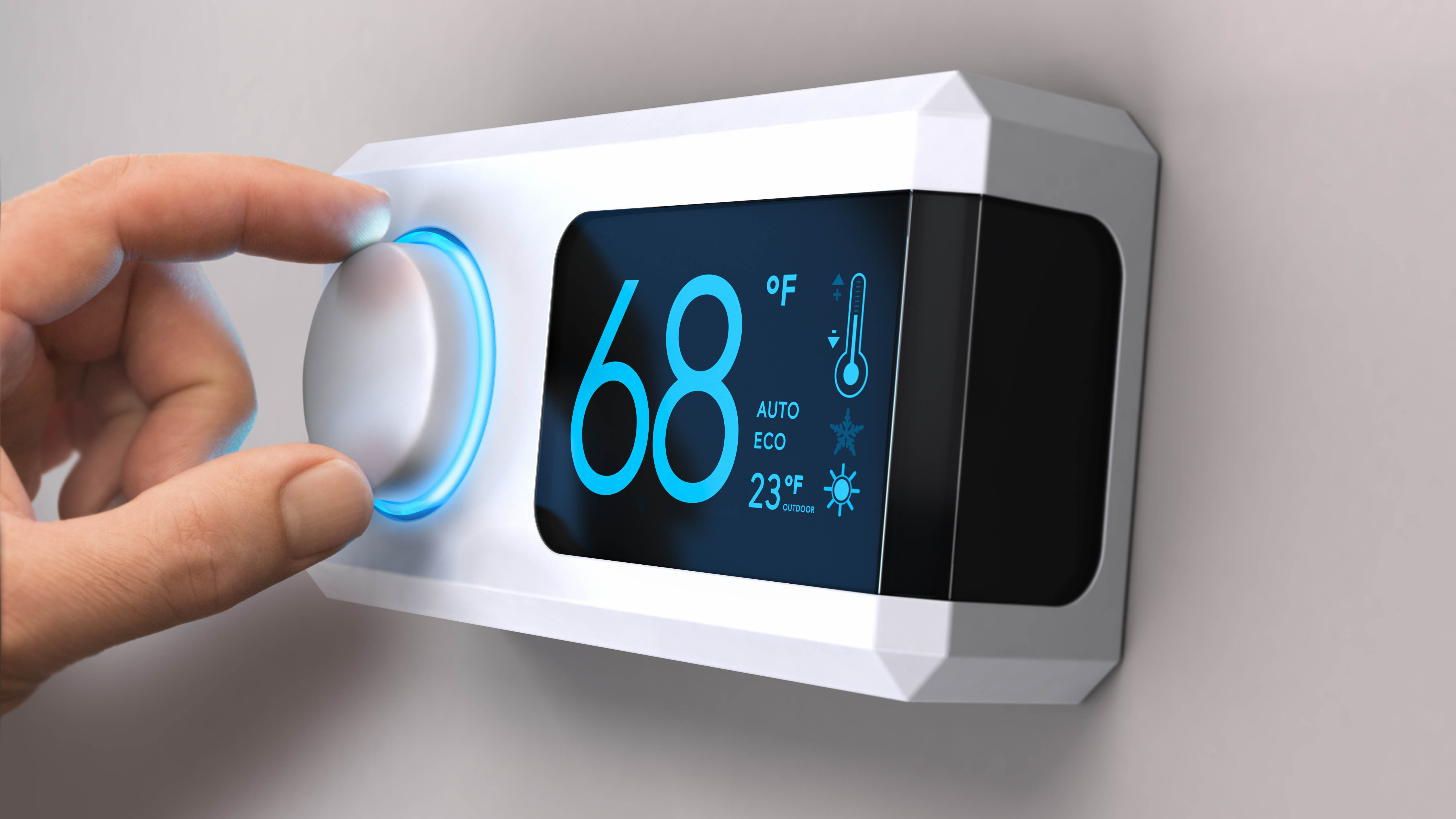
The warm air of your home colliding with the coolness of your window’s glass is what’s causing the condensation. By equalizing these temperatures, you will lessen the effect.
To do this, you should try to keep your home a consistent temperature — this will heat the glass and prevent too much fluctuation. We can appreciate this can be an expensive fix, particularly if you don’t want to run your heating through the night. One of the best smart thermostats may be able to help while still keeping the costs down.
If you want to invest in one of the best space heaters to keep things warm, stick to electric and avoid buying a gas design. These can produce a lot of water as they run and contribute to condensation.
7. Buy the right plants
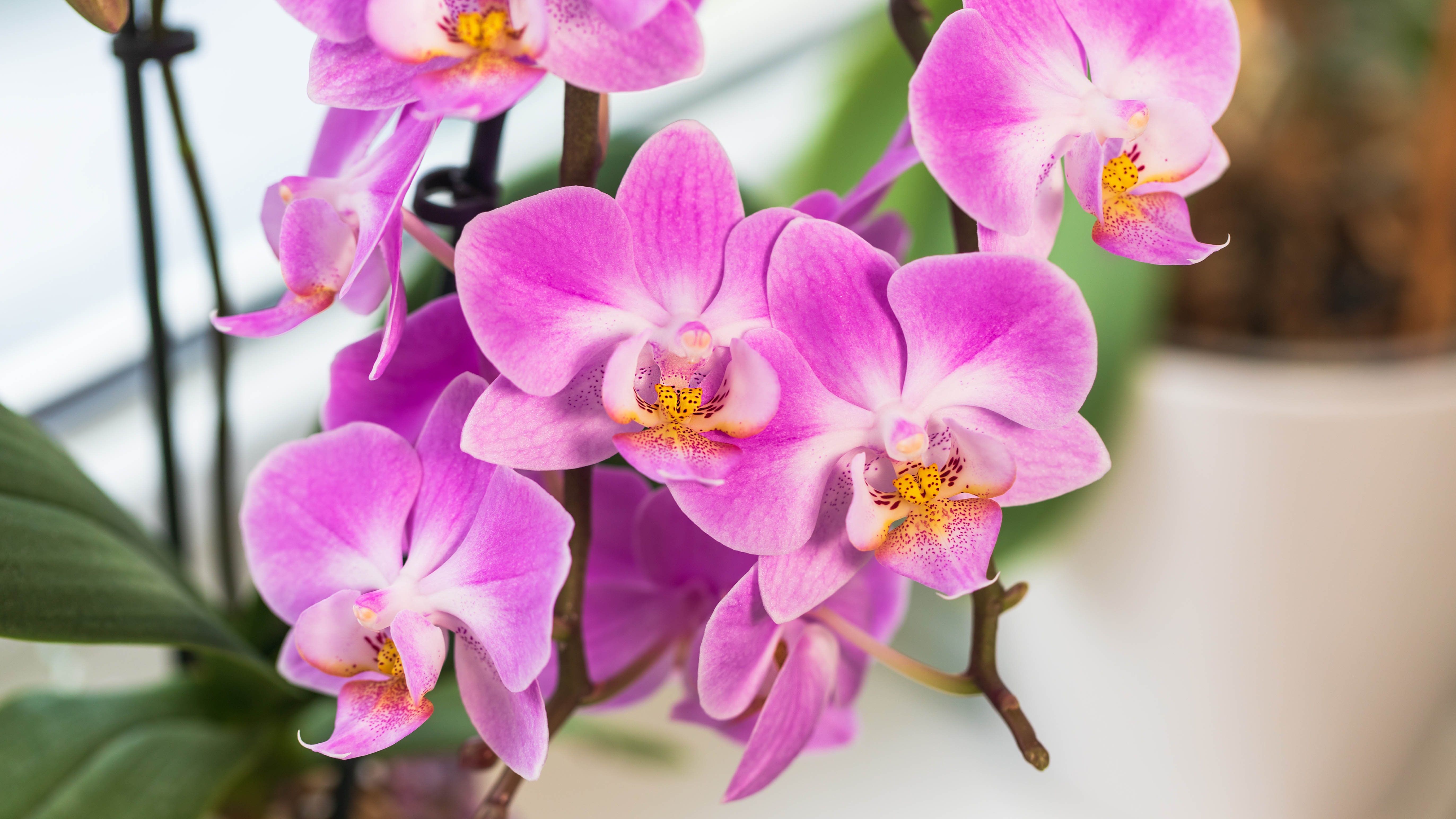
Some plants will actively reduce the moisture levels of your home. By doing this, they can discourage mold as well as condensation. A good example would be an orchid — these will absorb the moisture from the surrounding air as they grow, taking it in through their leaves and aerial roots.
For more ideas, see 5 houseplants that will help prevent mold in your home. If your orchids have seen better days, be sure to also check out how to care for an orchid.
8. Use a squeegee
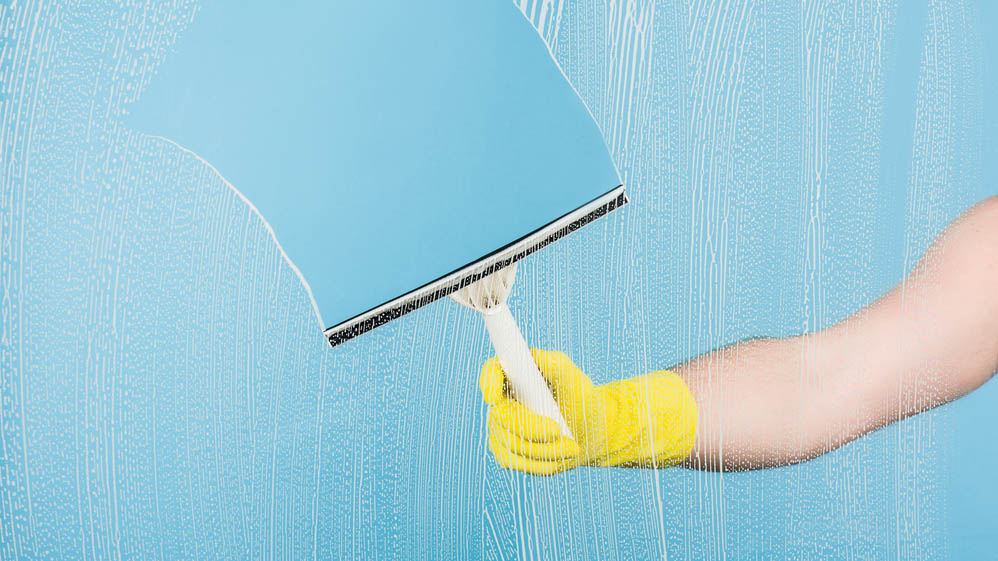
If you’ve already lowered the humidity levels, but you still need to get rid of the moisture on the glass itself, we recommend using a squeegee, such as the OXO Good Grips All-Purpose Squeegee ($9.95, Amazon). Simply swipe from top to button and use a microfiber cloth to dry the excess. If your windows need a clean, check out how to clean windows and leave them streak-free.
We wouldn’t recommend using an electric window cleaner for this chore. In our experience, these take longer to use and leave streaks behind. Plus, they’re much higher maintenance versus a manual squeegee, which can also be used in the shower.
9. Use a hairdryer
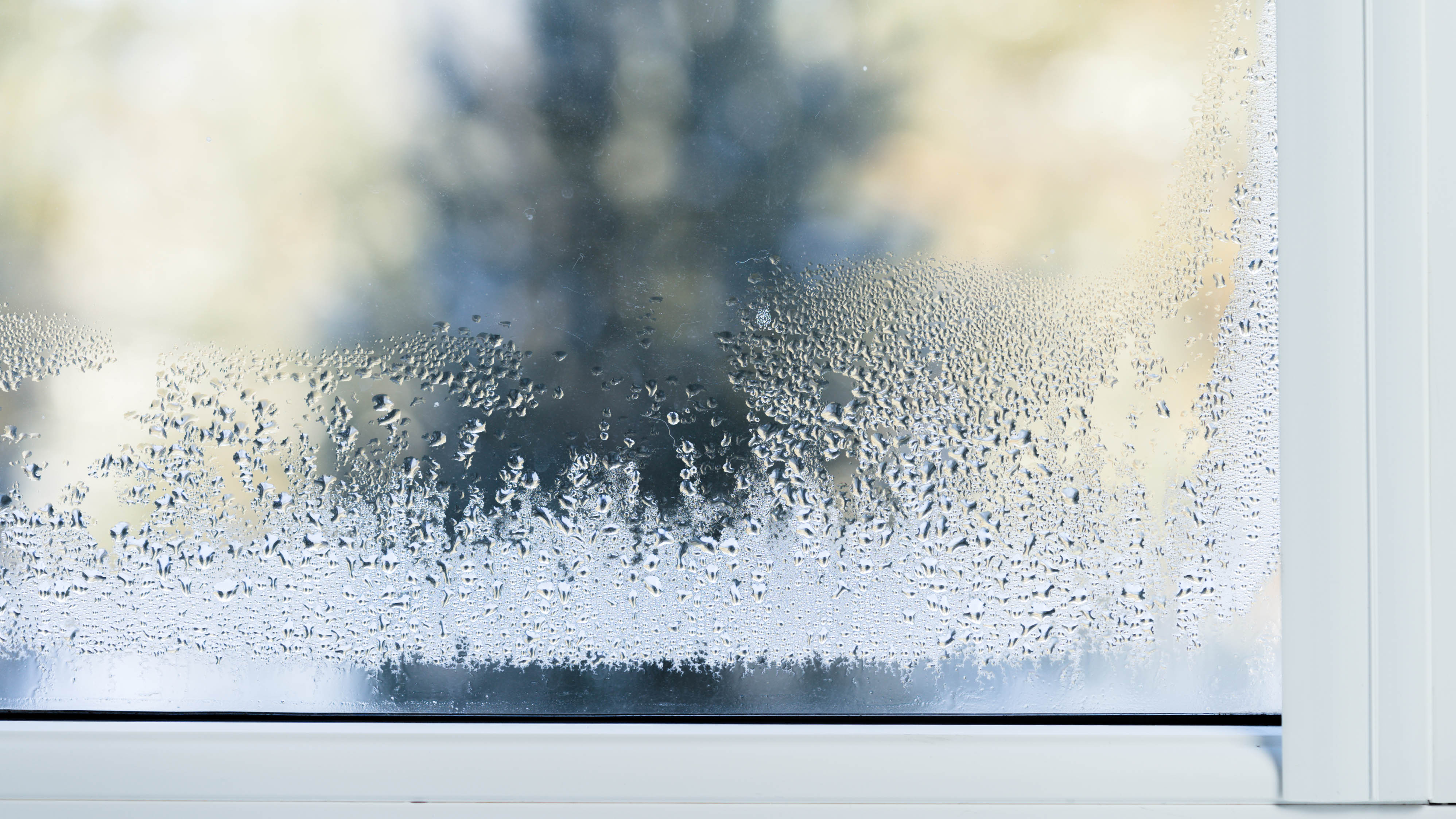
If you’ve got double glazing, and the condensation has formed in between the panes, this can be really frustrating — you can’t simply wipe it away. This has likely occurred because there’s a fault in the sealant and moisture has managed to find its way in.
To get rid of this kind of condensation, you need to lower the general humidity levels of the room until the condensation evaporates. One of the above methods can help with this, but you could also use a hairdryer.
With the hairdryer set to a low heat, and held at a short distance from the window (you want to avoid damaging the sealant), heat the glass until the condensation dries. This won't solve the problem for good of course; to do that you need to inspect the sealant/window and have it repaired, by a professional if necessary. This can be costly, but it can also prevent damage via mold.
For more cleaning tips, tricks, and how-tos, check out our guides on how to clean a glass stove, how to clean painted walls and how to clean an oven.

Katie Mortram used to be a Homes Editor for Tom's Guide, where she oversaw everything from kitchen appliances to gardening tools, as well as smart home tech. Specializing in providing expert advice for cleaning and home manintenance, she now works as Household Advice Editor for Good Housekeeping.
